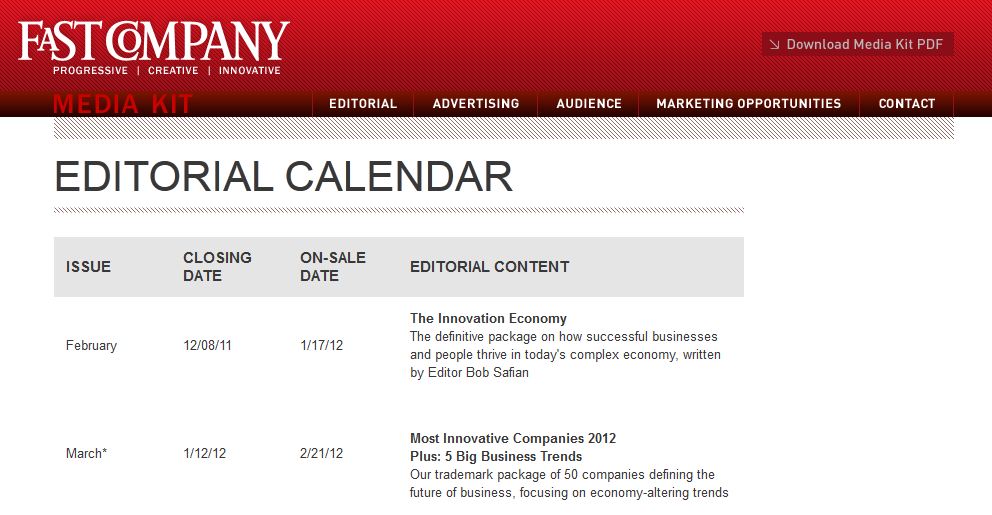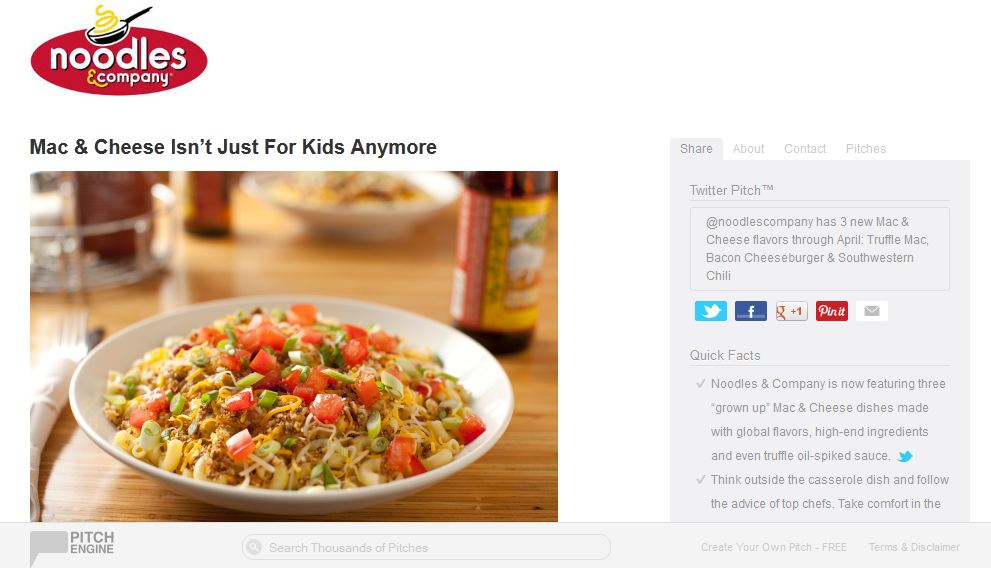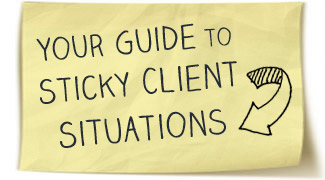Let’s face it – as a small business owner, media relations is challenging and intimidating. We all fantasize about seeing our brand in the glossy pages of a magazine or on the homepage of New York Times, but most of us can’t spend a large chunk of time trying to get media coverage, nor do we know where to start. But believe it or not, it doesn’t have to be as complicated as people make it out to be; like anything else, it just needs sound strategy. Here are some proven steps to follow to make the process much more efficient.
Understand the Reality
The hard, cold truth about media relations is you’ll probably get burnt a bunch of times before you get coverage. That’s just how it goes until you get a grip on the process. Reporters and bloggers are consistently inundated with pitches and tight on time, so you have to be understanding of the fact that their job is just as stressful. When starting a media relations strategy, start with the understanding that you need to build relationships rather than simply pitch, and that the needs of the person you’re pitching are just as important as your needs.
Make Your Wish List(s)
By wish list I mean media list – a list of names and contact information for the publications and blogs you want to be in. I like to start by breaking my wish list down into the following categories and finding the appropriate contacts for each.
- National print – This is Good Housekeeping, Every Day with Rachael Ray, Entrepreneur, etc. These “pubs” have long lead times (sometimes up to 6 months), so you’ll have to plan pitching far in advance. Check out their editorial calendars on their websites to know what they’re covering and when.
- National online – This refers to the online version of national publications, but also mainstream news sites. This is Smart Business online, Huffington Post online, Parenting online, etc. For online versions, lead time is pretty much instant as content changes minute-by-minute.
- Local print/online – This refers to your daily, community and regional newspapers, your city magazines, etc. The magazines are normally longer-lead and the newspapers are shorter-lead. Check with the staff to make sure.
- Bloggers – This is self-explanatory, and you can target higher-ranked bloggers like Tara Parker-Pope from New York Times or medium-ranked bloggers that aren’t affiliated with the media.
To find your contacts, you can either use a paid media database service such as Cision, or search online manually. As a small biz owner, I recommend doing it yourself because although it may take more time, those services can get quite pricey. For small media, it’s best to target editors. For larger media, contact beat writers and/or editors.
Know Your Contacts
This should be a given and it’s quite simple, but you need to follow and understand who your contacts are, what they write about, their perspectives on issues in your industry, etc. Know not only what they write in articles and blogs, but on social media as well. You can tell a lot about personality and needs/wants by doing this.
Establish Relationships
Just like you don’t like cold calls, reporters don’t either. Random, one-off pitches are essentially the same thing. This is why it’s so important to avidly follow and build ongoing relationships with your wish list of contacts. After identifying your top contacts, start initiating a relationship with them. Engage with them online by following and interacting on social media, commenting and sharing articles, etc.
An insider secret is also the “karma email.” Your initial contact with the reporter or blogger should be an email briefly introducing yourself and your business and letting he/she know that if they ever need a source of information for a particular story in your industry, you’d love to help them. It doesn’t even have to be your industry. If you have friends in other industries that could help this reporter, note that as well. But make sure you get permission from them first!
Know What to Pitch
Knowing what to pitch is something many people struggle with for some reason. Below are some ideas. Keep in mind that your business doesn’t have to have “news” per say to pitch a story. Instead, try inserting your business into the news happening around you.
- Company news
- Events
- Product announcements
- Awards
- Reports
- New hires/promotions
- White papers
- Guest interviews
Know How to Pitch
There are basic rules to follow when pitching media or bloggers:
- Always be courteous, no matter what – keep in mind you’re representing your company with every word you speak and gesture you make
- Always send an email first
- For email pitches
- Write an intriguing headline.
- Be aware of what will get you in the spam folder – exclamation points, dollar signs and other symbols, gimmicky words such as “free,” “winner,” “deal,” etc.
- Always tailor the email to the reporter’s name. Even better, show off that you are familiar with what they write.
- In the body, be clear, concise and creative. Get to the point quickly and use bold text to emphasize key points. Frame the pitch as you think the reporter would like to write it, so they can visualize the story when reading your pitch.
- Be sure that your key takeaway is clearly emphasized
- Don’t send attachments.
- Remember that this is a pitch, not a full story. Keep it as short as possible. If you need more space, link out to a news release on your website, a web page, another article, a bio, etc. Services like Pitch Engine are great (paid) resources to put all your content in one spot on the web so it’s easy for a reporter to visit and gather information.
- If you want to show an image, either link to it or put it in the body of the email. If you have a video, that’s fantastic, but upload to your YouTube channel and link out to it.
- Don’t forget your name, email, phone number, website, social profiles and blog information at the bottom
- For follow-up calls
- Always follow up by phone
- Rehearse a 15-second elevator pitch prior to your call, stressing key takeaway(s)
- Don’t leave a voicemail, if they don’t answer then try again later.
- If they aren’t interested, be sure to thank them anyway and use this as an opportunity to let them know you’re available as a source if ever needed
By understanding the reality of the situation, making your wish list, knowing your contacts, establishing relationships and knowing what and how to pitch, you should be well on your way to establishing mutually beneficial relationships with media and thereby, securing quality media coverage. You may not be in O Magazine tomorrow, but with some endurance, strategy and manners – you’ll start seeing results.
Now to You
What are some ways you have approached the media that worked or didn’t work?








